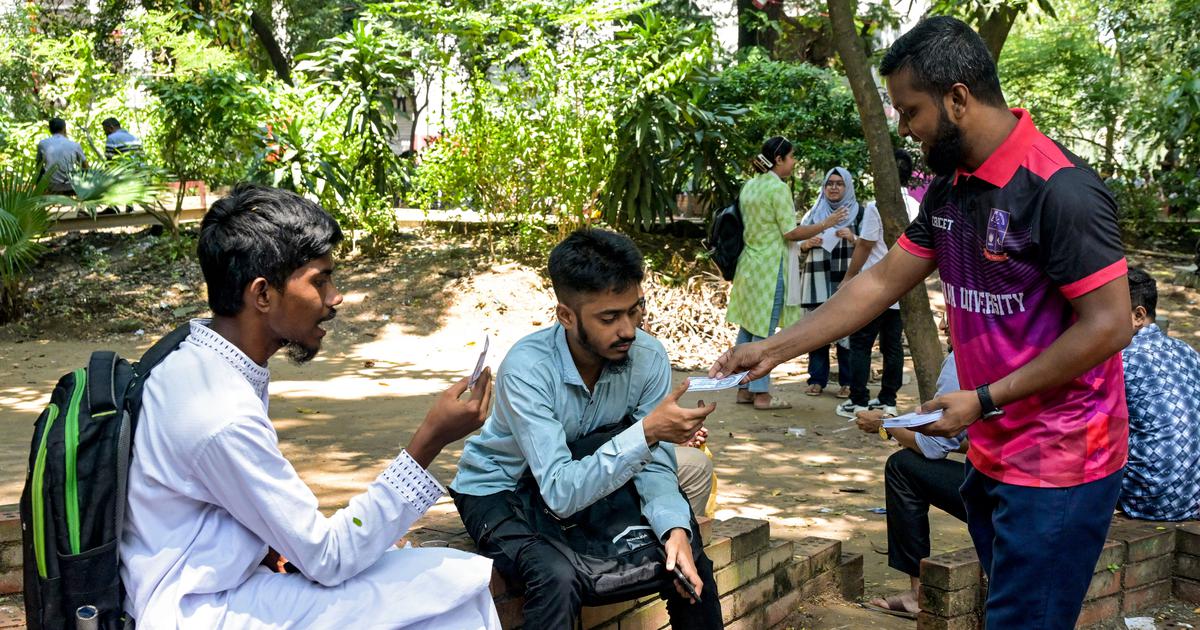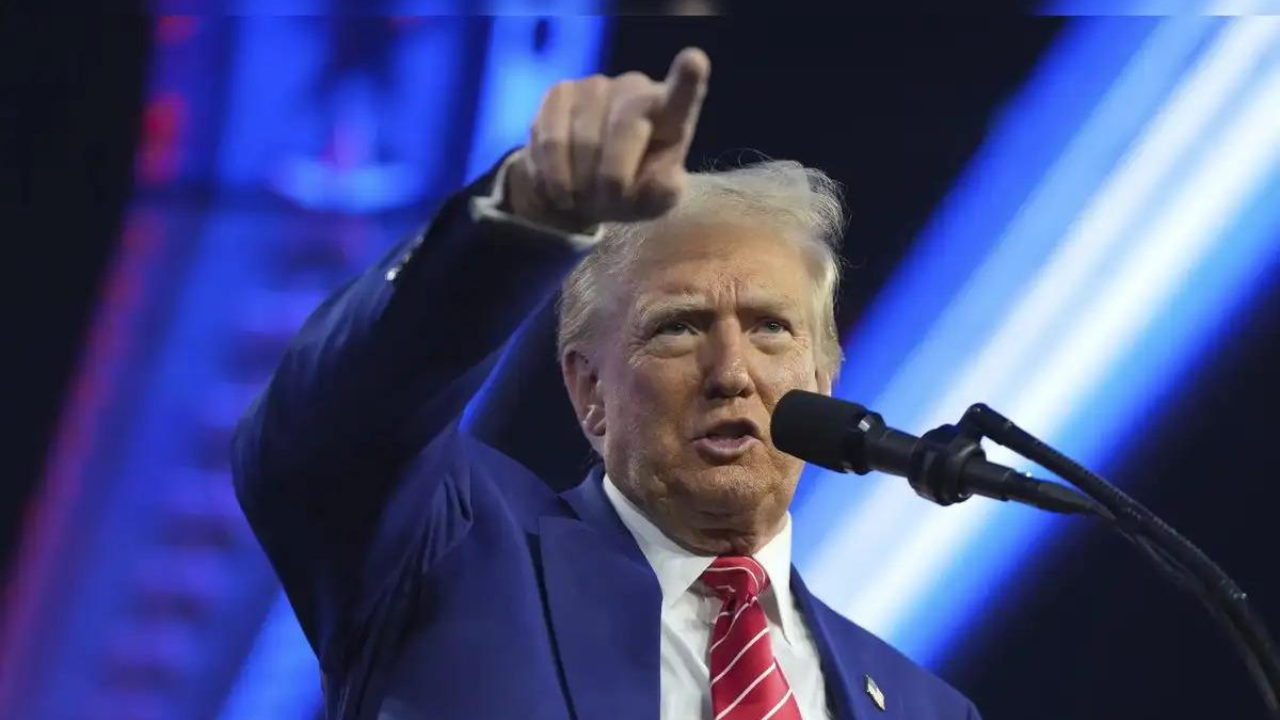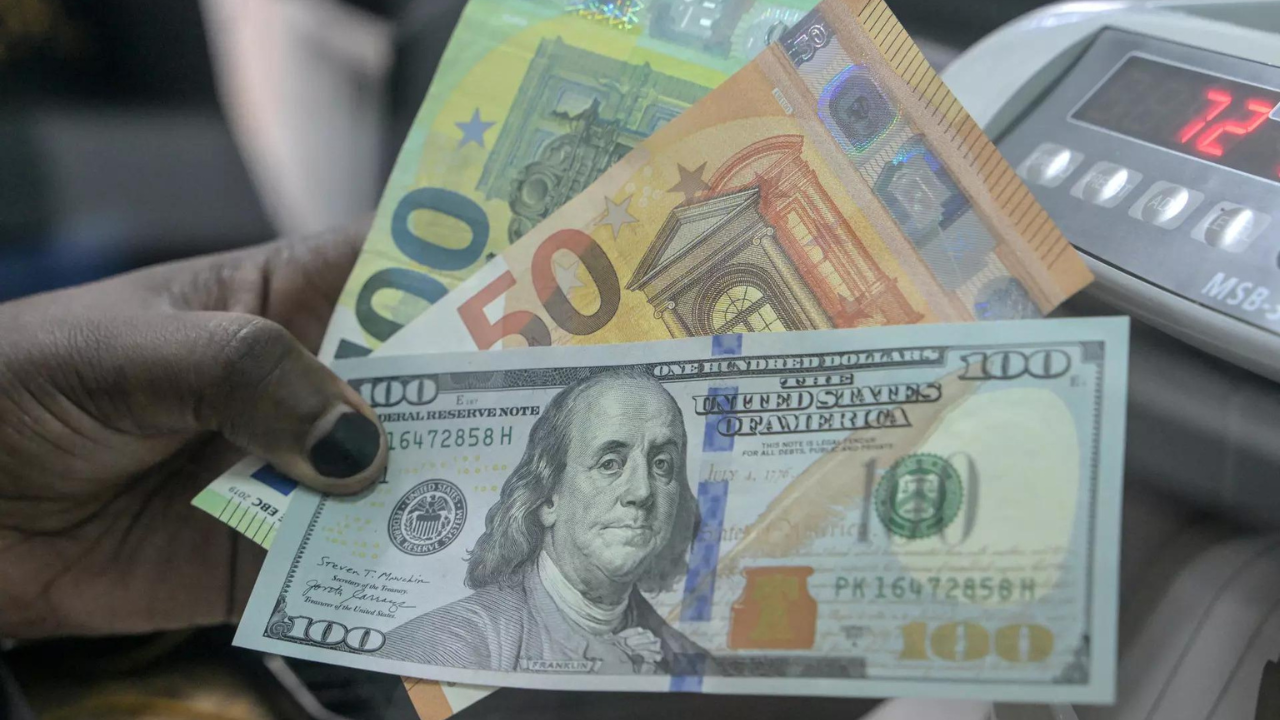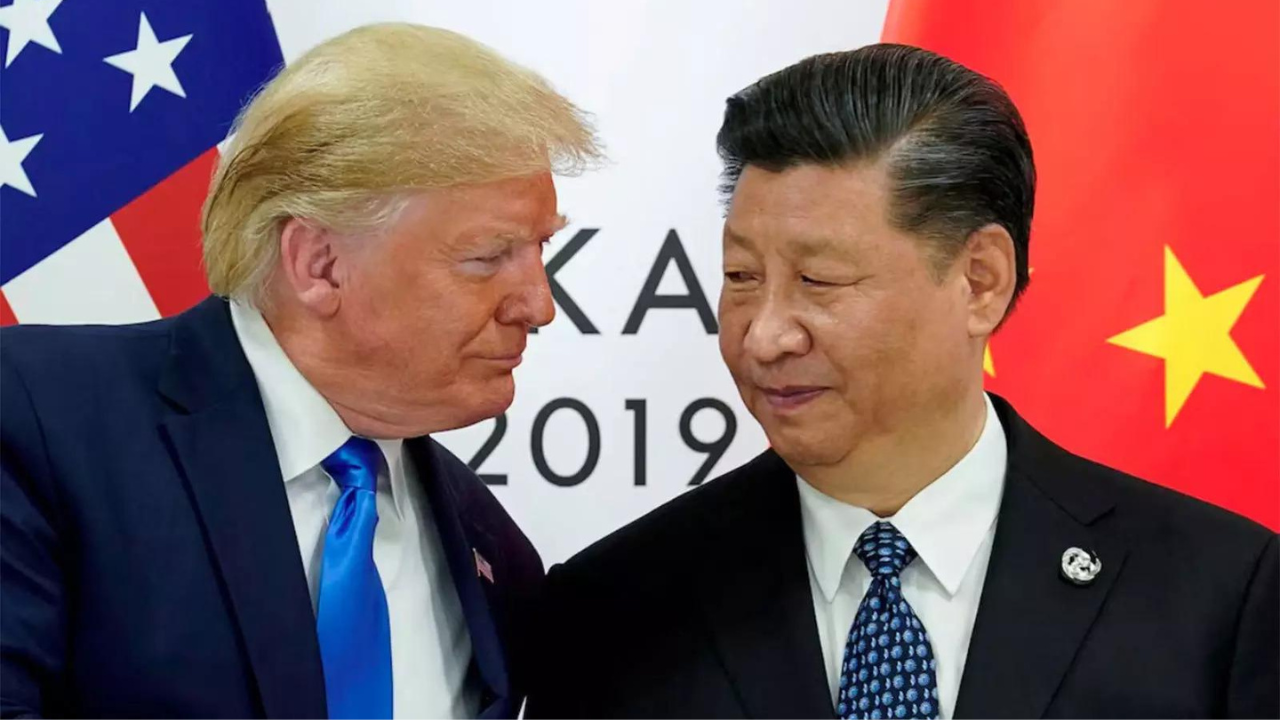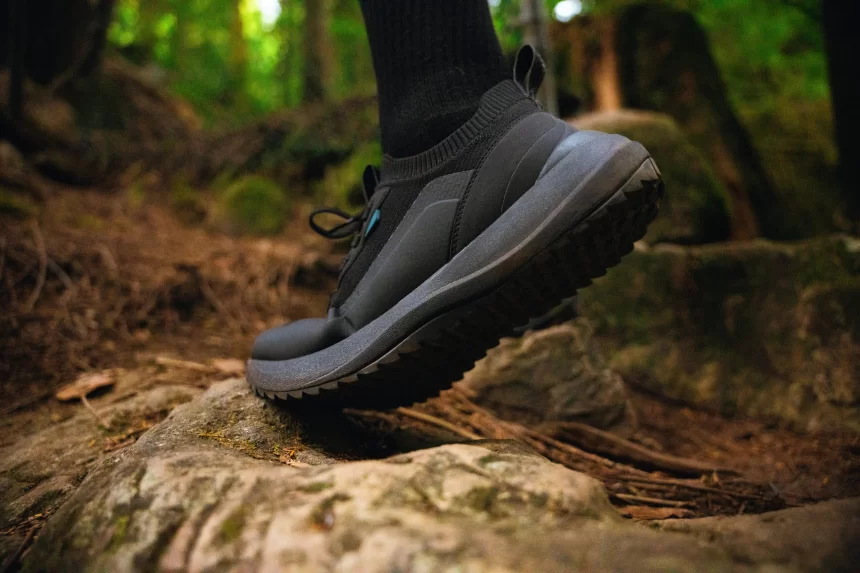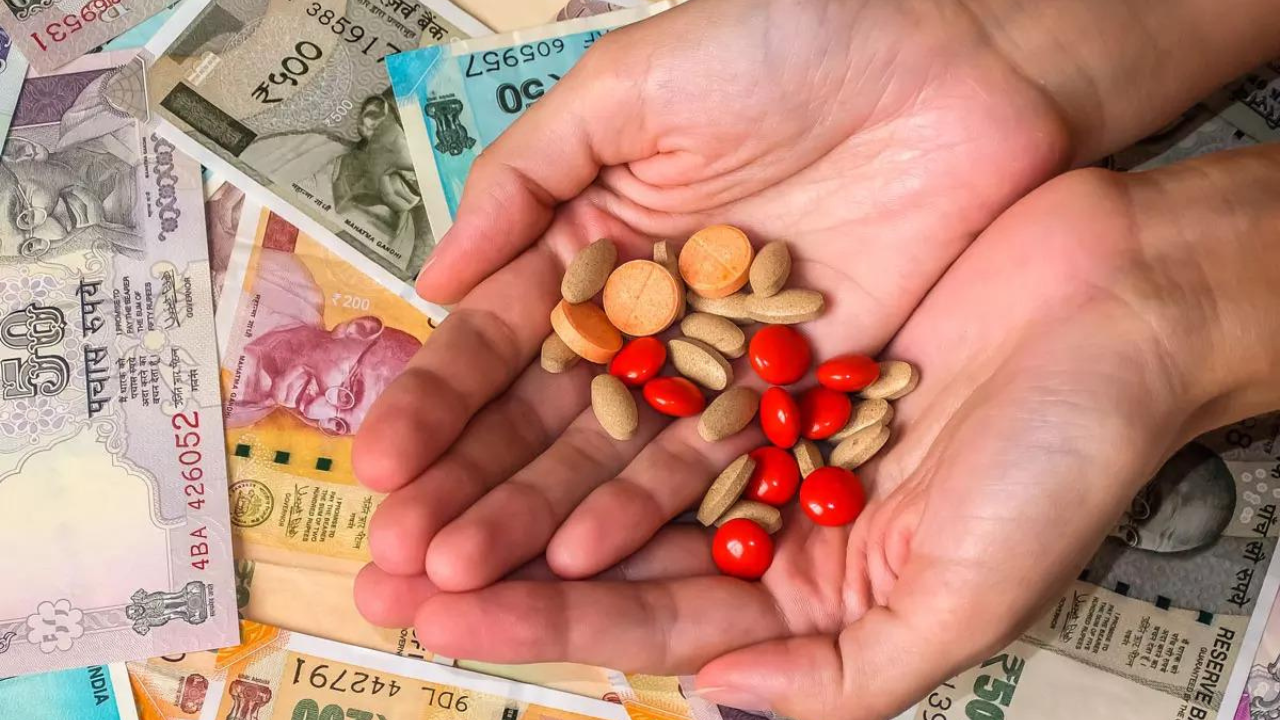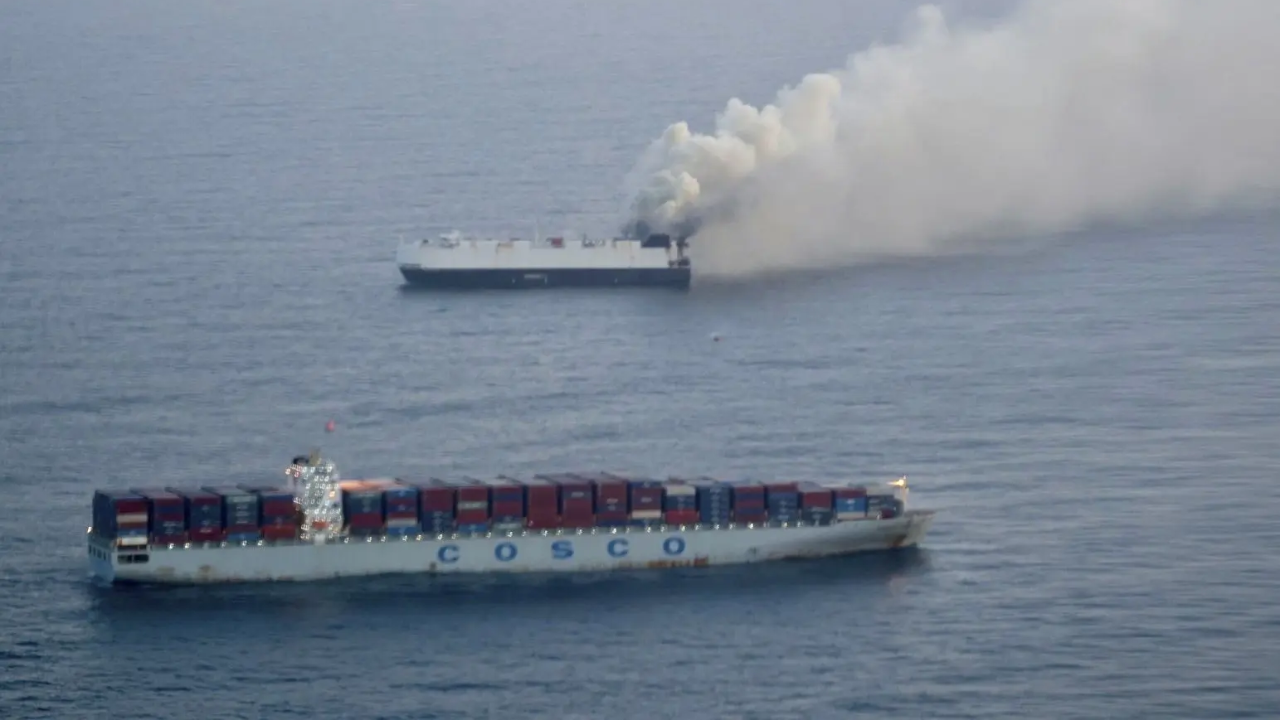How India could cut its reliance on China for rare earth minerals

Join our WhatsApp Community to receive travel deals, free stays, and special offers!
- Join Now -
Join our WhatsApp Community to receive travel deals, free stays, and special offers!
- Join Now -

Critical minerals, particularly rare earth elements, or REEs, are crucial for the green energy transition.
These REEs are a subset of critical minerals, comprising 17 elements in the periodic table (from 57 to 71) starting with lanthanum. They also include scandium and yttrium.
Although moderately abundant in the earth’s crust, REEs are not concentrated enough for economic exploitation. They play a crucial role in various industries, including defence, electronics, and energy systems, due to their unique properties. Rare earth magnets, for instance, are significantly more powerful than conventional magnets.
Alongside elements like lithium, REEs are essential for developing sustainable energy systems, including renewable energy technologies such as wind turbine magnets, electric vehicle motors and solar panel components.
Additionally, REEs have diverse applications in healthcare, medical devices, aerospace, and defence.
According to the International Energy Agency’s 2024 estimate, global REE demand was 93 kilotons (kt), with 18% used in clean technologies. With the ongoing clean energy transition across countries, the demand is expected to reach 180-202 kt by 2050, where clean technology usage is projected to increase to 32%-39%.
All countries rely on REEs due to their widespread applications but only a few nations are significant producers and exporters.
China’s dominance
China dominates the global REE market, leading in reserves, production, and exports. According to the Statistical Review of World...
Read more
What's Your Reaction?
 Like
0
Like
0
 Dislike
0
Dislike
0
 Love
0
Love
0
 Funny
0
Funny
0
 Angry
0
Angry
0
 Sad
0
Sad
0
 Wow
0
Wow
0






